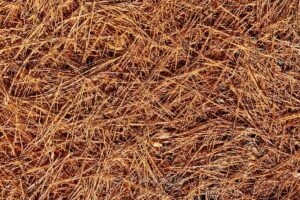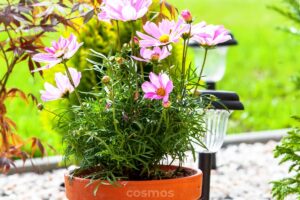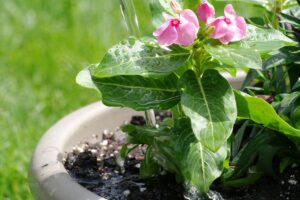This page may contain affiliate links. If you click and buy, we might get a small commission at no cost to you.
Mud can be a challenge to cover in your yard if the underlying cause is a problem with your drainage or weather. Before using any of the following tips, assess the root cause of the mud buildup to stop more from developing once you’ve covered the existing mud.
You’ll have a more aesthetically pleasing yard and better luck with plant growth by covering the wet patches that build up in your grass. This article will cover five ways to cover the stagnant mud in your yard effectively.
How to Cover Up Mud in Your Backyard
1. Cover Mud with Sod
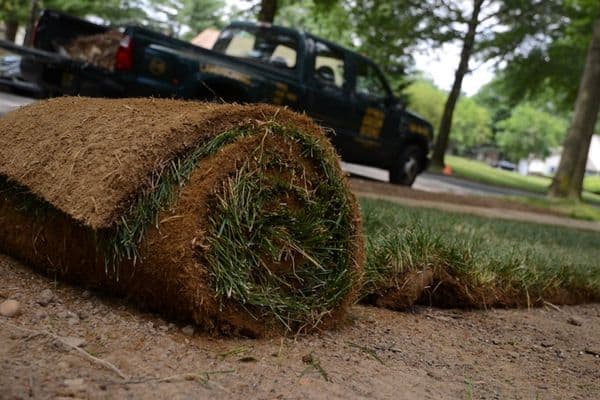
If you’re looking for a fast and easy solution, using sod is likely your best option. This solution will work quickly to absorb the mud in your yard and cover the soggy patches. With that said, laying sod is not free of labor, as you’ll need to prepare the ground beforehand to ensure your soil condition is ideal for holding the sod.
If you skip this step, your sod won’t last very long, which will double your labor and cost spent later. Sod is not the lowest cost solution, so if you’re doing this frequently due to improper prep work, you’ll lose a lot of money on your lawn. Likewise, if a massive part of your yard is covered with mud, you’ll have to spend a lot to purchase the appropriate amount of sod to lay.
After laying your sod, be sure it’s level and hydrated to give the roots the best chance at growing strong. If it dries out or has sections separated from the ground, it won’t latch and grow into the soil.
2. Plant a Rain Garden
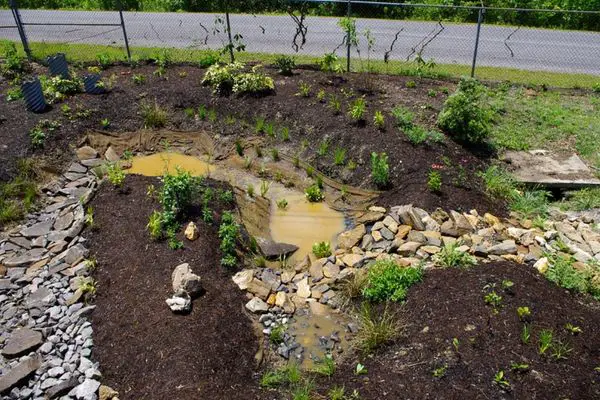
If your garden could use a bit of sprucing up, planting a rain garden is a great way to get rid of muddy patches. Rain gardens are made up of plants and flowers that require more water to thrive, and therefore will quickly absorb the water in the muddy soil while they grow.
This option will beautify your yard; however, it won’t be the fastest option since the plants will need time to take up the water and grow. If you have some time to give the plants, this is a great option.
Another benefit to planting a rain garden is that it’ll maintain a healthy water balance in the soil if you frequently get muddy due to weather. Therefore, if the mud isn’t a one-off event, be sure to implement a solution that will continue working with you to reduce water buildup.
3. Use Wood Chips to Absorb Excess Water
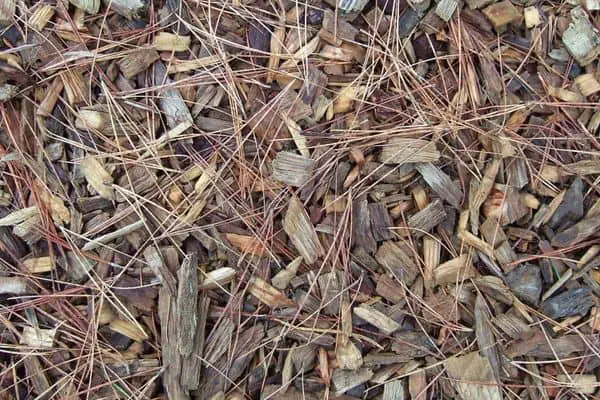
Using wood chips or mulch in your mud spots will help to absorb some of the water and improve your soil health. If you’re looking to prime this spot for a garden that does not require much water, wood chips are a great option.
As your wood chips begin to decompose, they’ll prep your soil for planting and reduce the muddiness of the land. This is by no means a long-term solution but will be enough if any drainage problems or excessive rain does not cause your mud.
When choosing wood chips, look for either pine cedar or cypress as they’re the ideal options for ground cover. Other options like juglone have chemicals that can act as pesticides, which can kill the plant life in your garden if it spreads.
4. Make a Gravel or Stone Path
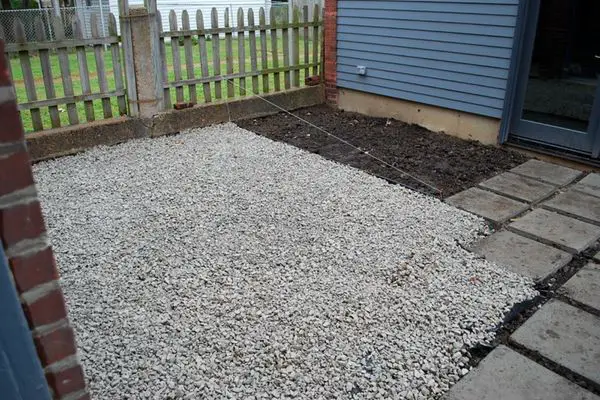
If the mud in your yard is in an area that makes sense for creating a path, this is a great way to reduce stagnant water on the ground. While gravel can often look unattractive, creating a path with it can look aesthetically pleasing and be helpful for walking around your landscape.
A major benefit to using gravel is that it doesn’t allow any growth, and therefore, you won’t get any fungi growing through and cracking your foundation. You’ll see less erosion when using gravel since it effectively holds your substrate in place.
Stone paths are generally more pleasing to the eye but often leave gaps in the ground, leaving room for water build up. To prevent this, be sure to lay a few inches of sand on the ground to absorb some of the moisture from your mud. This will help the stones to set and prevent them from sliding around and damaging your soil further.
If you’re opting for this option, you’ll benefit from also using tip #2 and planting around the edges of the path to help absorb any additional water that comes off the path when heavy rains come. This will further prevent any mud buildup in the future.
5. Plant a Tree with High Water Needs
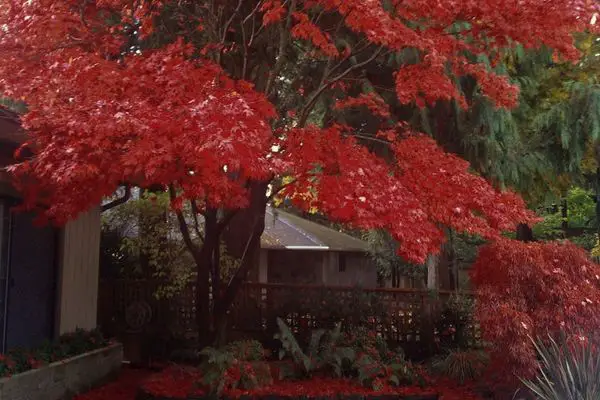
Planting trees is always a good idea, but it’s especially conducive for reducing mud. Trees, particularly at the beginning of their lives, require a lot of water to grow, and after being planted, will absorb more water from the soil than most other plants.
Of course, for this option to be viable, you must have a spacious yard that has ample room for a tree to grow. This will improve your air quality, provide shade, and improve the soil condition for other plants if you’re an avid gardener.
Depending on where you live, you’ll opt for a different tree species; however, these are examples of some species that absorb a lot of water:
- Red maple
- Weeping willow
- White cedar
- River birch
- Bald cypress
When researching which tree is best for your area, be sure to check how much water they require. The more water they need, the better they’ll do in your landscape. Remember that trees will not absorb all the excess water from your yard overnight.
This process will take some time as the tree needs time to grow. However, this will be a great option over time, especially for yards that generally get a lot of water buildup from rain. The more of these methods you use to reduce mud in your yard, the less water buildup you’ll have to manage throughout the seasons.

